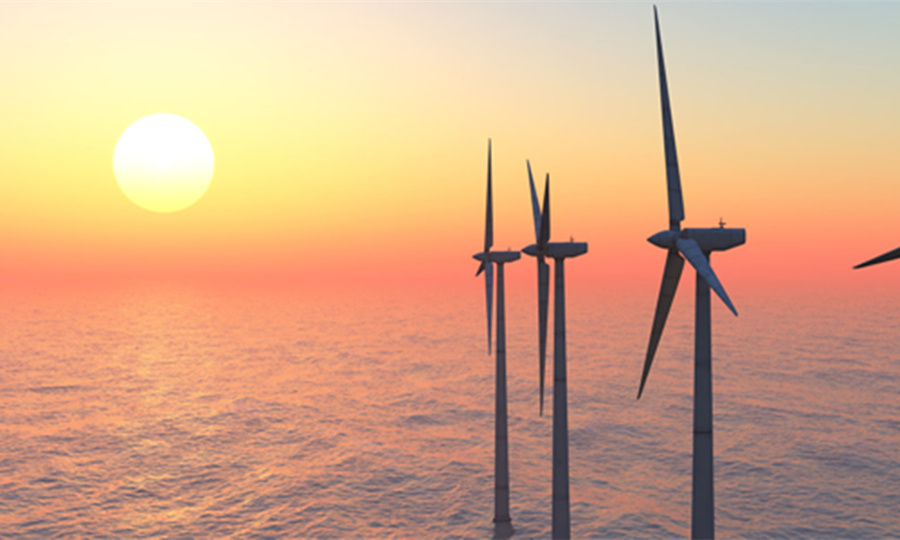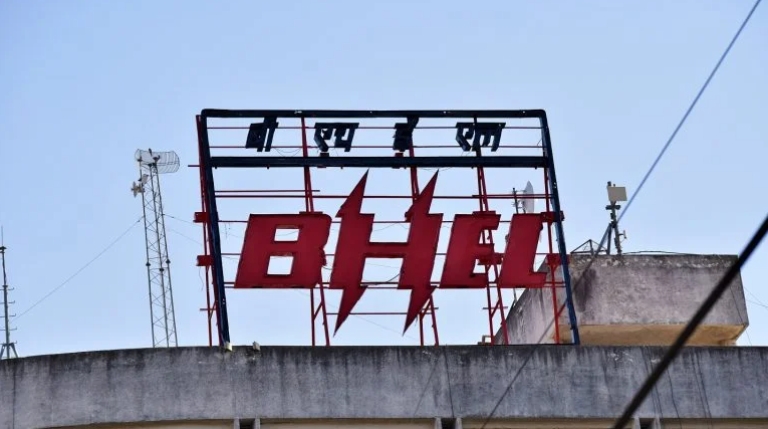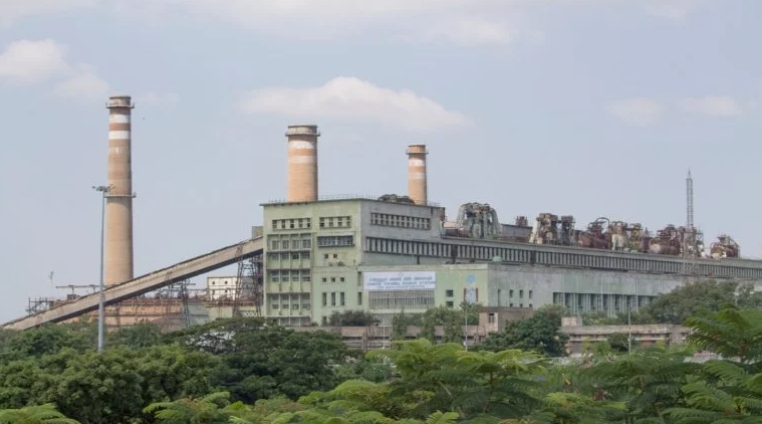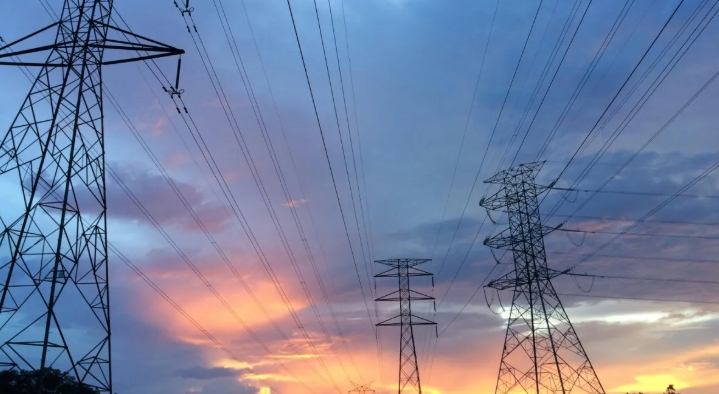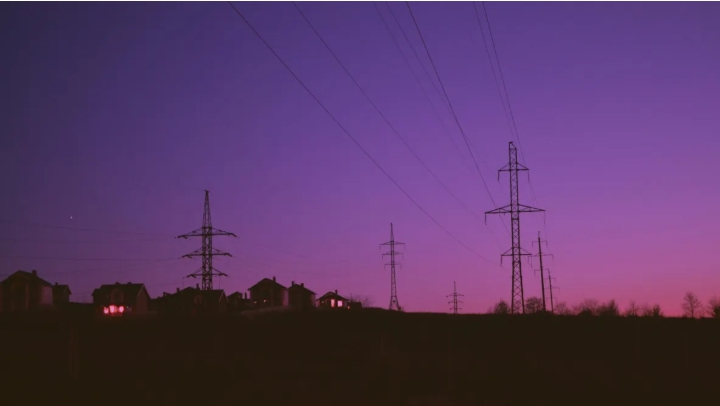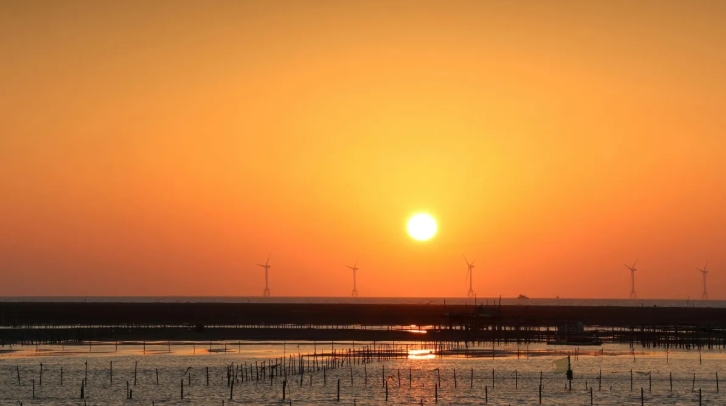The revision follows nearly a year of warnings by offshore wind companies that their projects might not move forward without access to certain subsidies in President Joe Biden's landmark climate change law, the Inflation Reduction Act.
Offshore wind is a critical part of Biden's plan to decarbonize the U.S. power grid and combat climate change, but projects have struggled due to soaring costs tied to inflation and higher interest rates and supply chain snags.
In a statement, the Treasury Department said it would now allow an offshore wind project to claim a tax credit for siting in low-income communities if supervisory control and data acquisition (SCADA) equipment is located in such an area. SCADA systems are used to control critical infrastructure.
The energy communities tax credit is worth 10% of a project's cost and can be claimed on top of the IRA's base 30% credit for renewable energy projects.
The credit for siting projects in "energy communities," defined as areas which have significant employment or tax revenues from fossil fuel industries and high unemployment, had been dictated by where a project connects to an onshore substation.
"This change reflects the fact that onshore SCADA equipment at ports is critical to offshore wind projects and that offshore wind projects make significant investments and create jobs at these ports over the duration of projects, which is the goal of the energy communities bonus," Treasury said in a statement.
The rules also clarify that projects with multiple points of interconnection may include any land-based power conditioning equipment to determine their eligibility for the bonus.
An industry group praised the change.
"In a move to bolster the transition from fossil fuel to clean energy, the eligibility expansion for the 10% Energy Communities credit creates an easier path to market for many offshore wind projects," Liz Burdock, CEO of Oceantic Network, said in a statement.
